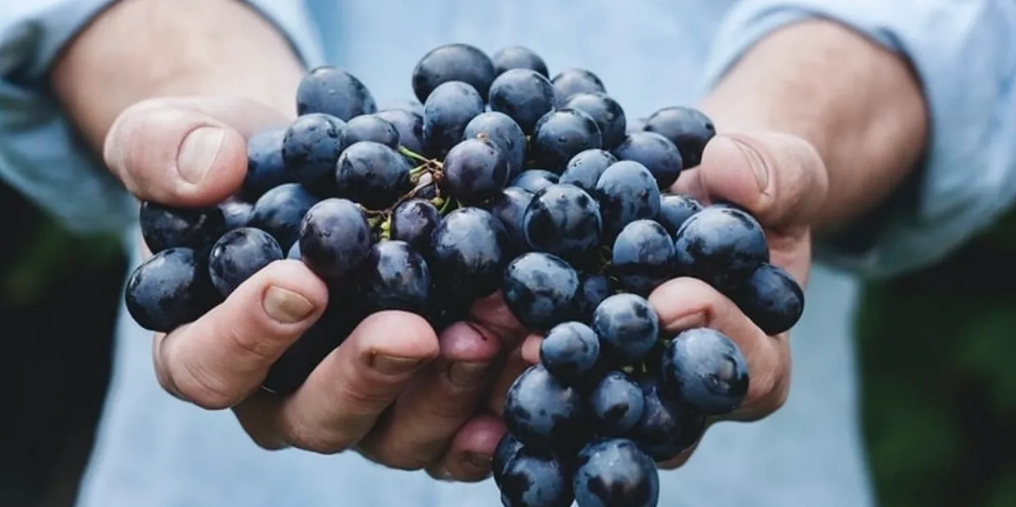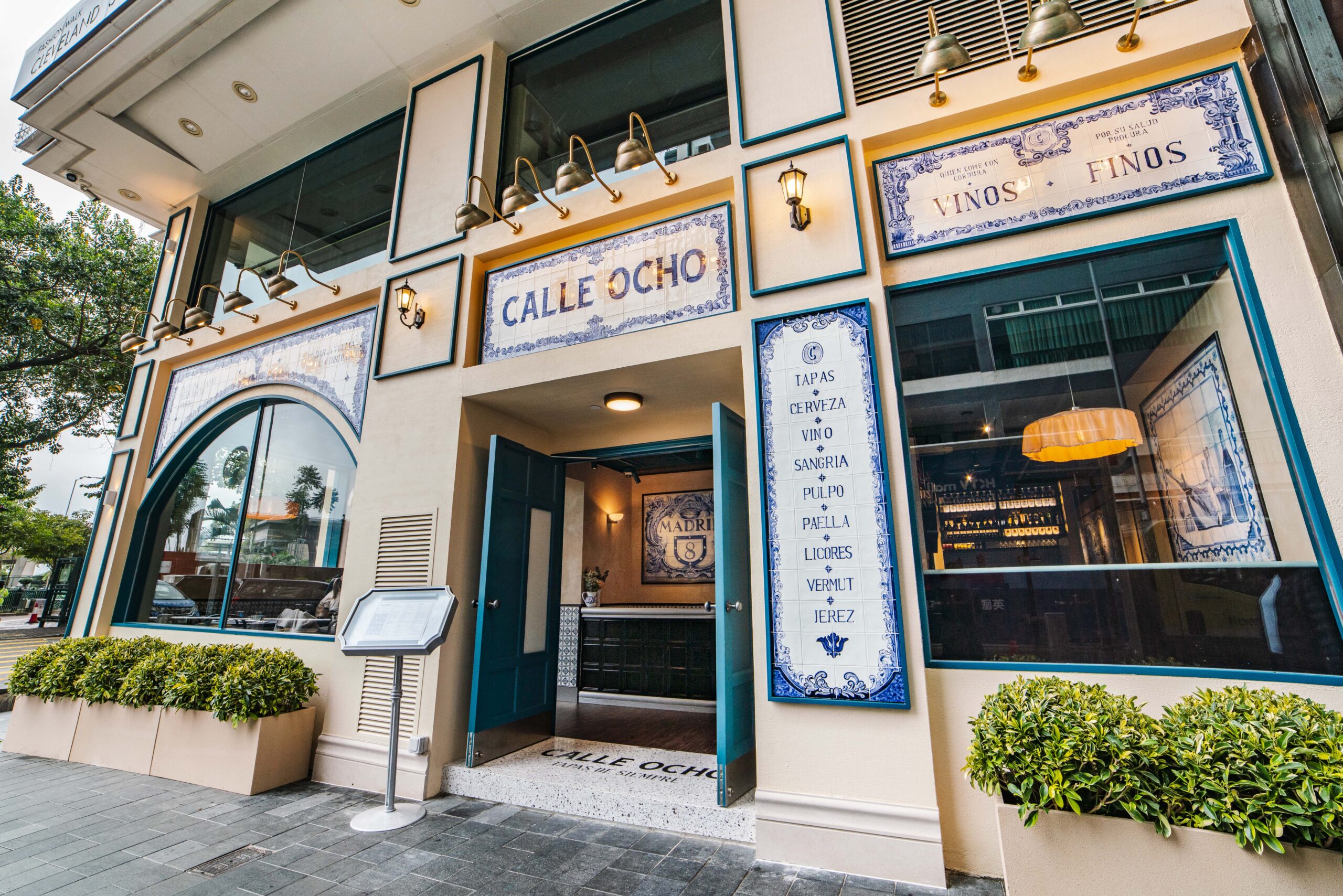Words Shefali Pasricha | Photograph Maja Petric
We have been fermenting grapes for years but it hasn’t got any easier to understand. That’s why starting out in the world of wine can be quite bewildering. Every country regulates wine differently and there are no internationally agreed-upon standards.
The old world wines from regions of France, Italy and Spain are usually named from the wine-producing regions such as Bordeaux from France and Chianti from Italy. However, the new world wines from regions of Argentina, Chile, Australia, New Zealand and South Africa are named after the main grape that are produced from – such as Cabernet Sauvignon from California and Chardonnay from the commonly used white grapes grown in Australia, New Zealand, Chile etc.
Here’s a quick uncomplicated guide to some of my favourite wine, regions and why they are so special.
France
Let’s start with France since it is one of the most renowned winemaking regions in the world. Home to Bordeaux and Burgundy, France is home to many popular wine regions, each special in their own way. Bordeaux, Burgundy, Champagne, The Loire Valley, The Rhone valley and Alsace, to name a few.
French wines are labelled according to the soil with which are grapes are produced and this makes some regions more valuable in the wine market than the others. It was emperor Napoleon III who suggested a classification system be developed to identify the best wines and vineyard in Bordeaux and that laid the groundwork for today’s elite Grand Crus.
The Bordeaux wine region is further divided into two subregions. Everything west of the estuary is known as the “left bank”, while everything on the east is called the “right bank.”
Because of the higher gravel content, The left bank is more favourable for Cabernet Sauvignon grapes. In contrast, the clay-rich soil and harsher temperatures of the Right Bank are ideal for growing Merlot grapes.
The two sides of the estuary also have different appellation laws and classification systems.
The most popular left bank red Bordeaux wines that you must look at add to your collection are Lafite Rothschild, Latour, Margaux, Haut Brion, Mouton Rothschild and Chateau Palmer.
While the right bank red Bordeaux’s worth the price tag are the ones from Chateau Le Pin from Pomerol, Chateau Petrus, Chateau Lafleur Pomerol, Chateau Angelus, Chateau Ausone and Chateau Pavie
Italy
Italy is romanticized for various reasons and of course wine is one of them. It is also one of the finest wine producers and recently has overtaken France. Sadly, Italy doesn’t have a classification system like France. There are close to 20 wine-producing regions in Italy each producing a kind. Besides their diversity, Italian wines are my favourite because they are extremely food-friendly as well as have enough of a certain character to be enjoyed on their own.
The fine fancy sip and wine swirls are produced in Lombardy, Sicily, and Tuscany. Barola from Northern Italy and Barbaresco from the Piedmont region are two wines that I would highly recommend. Barola is undoubtedly the king of Italian red wines. Save it for a year, five years or ten, and you’ll love this aged wine.
Wine enthusiasts like me are looking to add Barolo in Italy to their bucket list, as this hotspot has just been named Italy’s official ‘City of Wine’ for 2021. Nestled in the Langhe Valley, this breathtaking location is surrounded by lush green hills most of which are vineyard-cultivated. If you are looking for something light, white, fruity and affordable I would recommend trying the Pinot Grigio. Another one of my favourite because it’s crisp, refreshing and an ideal choice for warm weather.
While France is known for the champagne, Italy is popular for its Prosecco. This may have risen to stardom in recent years, but this amazing Italian drink has a history dating back many years. It is named for the place it calls home. Travel north of Venice to Conegliano Valdobbiadene to track down some good bubbly. There is something for every palate, budget Vino paired with excellent food with Dean Martin songs in the background, what’s not to love about this region?
Spain
The red and white crisp wines have a huge fan following all over the world. The best part is that the Spanish wines are all about value for money, as compared to the French and Italian wines. Traditionally Spain can be divided into 12 main regions such as La Mancha, Catalonia and La Rioja to name a few. Another thing that makes Spanish wines special is that many wineries age the wine for you. So one can get to experience cellared wines that are aged to perfection. Next time, spot the terms Crianza, Reserva or Gran Reserva, which explains the ageing of the wine.
The famous sparkling wine of Spain called Cava is mostly produced in Catalonia. Usually dry, Cava can be white or rose and a great weeknight dinner choice. Spain also produces Sherry that is loved by the British ever since Sir Francis Drake ransacked the port of Cadiz and took off with 3000 barrels of Sherry. They remain their loyal customers. Interestingly, Cava can only be made in between the area lying between Jerez de la Fronters, Puerto De Santa Maria and San Lucar de Barrameda which is popularly known as the Sherry triangle. They can perfectly be paired with cheese or dessert, and I promise you won’t be disappointed.
I haven’t ever sipped a bad Spanish wine. So I would recommend trying them all. However, one of my all-time favourites is Marques de Riscal. Its consistent high quality makes it a benchmark for Rioja wines. No wonder it’s been praised by Ernest Hemingway and Salvador Dali.
USA
One region that instantly comes to mind when we talk about American wines in California. This area produces around 90 per cent of the country’s wine. Within California, it is Napa Valley and Sonoma are still the templates for every other wine regions in the country. The world-class Chardonnay, Zinfandel and Merlot come from Napa while Sonoma is known for their Pinot Noir and Cabernet Sauvignon.
Argentina and Chile
I love Argentina for their Mate and Malbec. This country has established a good wine reputation with a strong international presence.
Mendoza is a popular wine region in Argentina that has breathtaking views of the foothills of the Andes. Malbec is a leading grape variety that was imported to Argentina from France in the mid 19th century. Even though it’s part of the new world, Argentina now one of the producers of the most popular Malbecs. From this region, my pick would be the Cheval des Andes, a Bordeaux style blend that has become a signature wine of this country. It was the French who immigrated to Chile in the 20th century that carried vino knowledge to them. This fifth largest producer of wine in the world has wine laws similar to the US appellation system to the French. Like many, I was quite surprised to hear about Chilian wines back in the early 2000s when I first sipped Montes Alpha. I am so glad that I had an opportunity to try it making them a favourite on my list. Looking to add some to your list? You must explore the ones from the Maipo Valley. They produce a trio of signature wines that are Almaviva, Concha y Toro’s Don Melchor and Vina Errazuriz’s Vinedo Chadwick.
Australia and New Zealand
Some of the highly acclaimed new world wines come from Down Under.
Australia is known as a popular wine region both in terms of quality and quantity of wine it produces. They have various noteworthy grapes such as Chardonnay, Pinot Noir besides of course the Shiraz and 65 wine regions, making it a perfect paradise for a sommelier. Some of the most expensive red wines now come from Australia such as the Penfolds Grange.
You can’t miss Cloudy Bay when talking about the wines from New Zealand. It was Cloudy Bay that was responsible for putting New Zealand on the worlds winemaker map. Out of all the regions, I love the wines from the Marlborough region. I am currently sipping Matua Marlborough Sauvignon Blanc. It’s such an easy weeknight wine to sip and pairs well with almost every cuisine.
Paulo Coelho perfectly sums it up, “Accept what life offers you and try to drink from every cup. All wines should be tasted; some should only be sipped, but with others, drink the whole bottle.”






